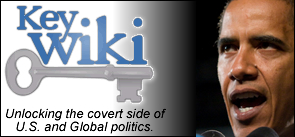A Possible Disconnect
By: Kent Engelke | Capitol Securities Until an early afternoon sell off, oil prices were around...
Read MoreBy: Kent Engelke | Capitol Securities Treasuries advanced last week, the first of several;...
Read MoreIt’s been a month now that investors and analysts have been closely watching two main...
Read MoreAnadarko Petroleum and Chevron have emerged as the top two employers in U.S. oil and gas,...
Read MoreA technical meeting that was supposed to iron out some wrinkles for a deal to cut oil production...
Read MoreAnother oil price downturn threatens to deepen the plunging levels of investment in upstream oil...
Read More

My beloved husband,
GARRY HAMILTON,
passed away
on September 24th, 2022.
I will love you always.

